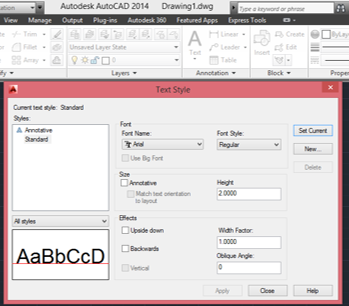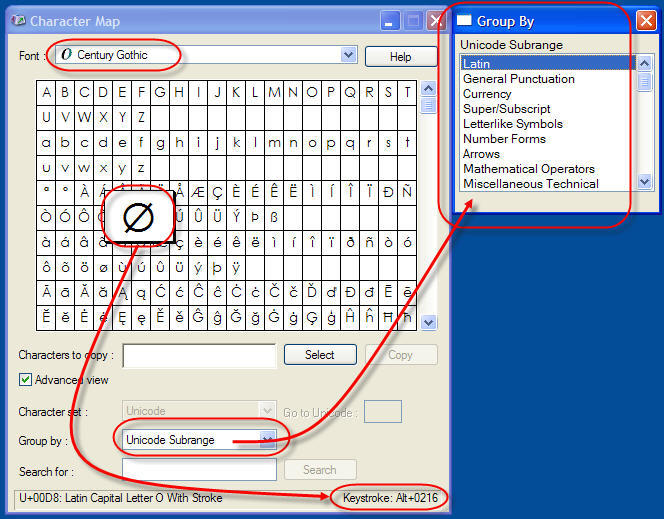
The value of TEXTQLTY affects thesmoothness of the characters at plot time. If TEXTFILL is enabled,the characters are filled in. When TEXTFILL is disabled, thecharacters are plotted in outline form only. Two system variables affect the plotting of text using TrueType fonts: TEXTFILL and TEXTQLTY. Note that not all TrueType fonts have more than the regular styledefined. To do so, you must first use the COMPILE command to compile the PostScript (PFB) font file into a shape(SHX) file.ĪutoCAD supports TrueType font families, which means that for some TrueTypefonts, you can choose a font style such as regular, italic, bold, or bolditalic. Big Fonts are also used to support other languages, such asproviding the Kanji character set.

For instance, you can create symbols to use as textin a Big Font file without affecting a text style's normal ASCIIcharacters. Big Fonts are used to support textshapes that are non-ASCII.
#Autocad text styles windows#
TrueType fonts are supplied with Windows or other Windowsapplications.Īn SHX file may also be a Big Font file. Table 14.3 Font Files TypesĪutoCAD's native fonts, known as an SHX font file. Table 14.3 lists the various types of font filessupplied with AutoCAD. The font file is the file that contains the information that determines thelook of each character.

Choosing these settings and previewing the results ofthese settings are covered in the following sections. When defining a new style or modifying an existing style, you must choose afont file, a text height, a width factor, an oblique angle, and the specialeffects you want enabled. For more information on importing text stylesinto the current drawing, refer to Chapter 12, "Applications forDesignCenter." If you want to import a style from another drawing,use AutoCAD's DesignCenter. If you wantmultiple styles to be available in a new drawing immediately, define the stylesin your template drawings. Text styles are stored in the drawing in which they are defined. However, doing so has beenknown to cause AutoCAD instabilityit is suggested you avoid renamingit. The STANDARD text style cannot be renamed using the STYLE commandbut can be renamed using the RENAME command. Thecurrent text style cannot be deleted either. The STANDARD text style cannot be deleted or renamed. To delete anexisting style, highlight the name from the list of existing styles and clickthe Delete button. To rename an existing style, select the style from the listof existing styles, click the Rename button, and enter a new name. A duplicate style is then created from the selected style and assigned thename you provided. If the current style is not the style you want tobegin with, select the desired style from the list of existing styles (therebymaking it the current style).Īfter clicking the New button, you type a name in the New Text Style dialogbox. It uses the current style as aprototype for the new one. To create a new style, click the New button. The various settings within the Text Style dialog box are explained in more detail later in the chapter. Figure 14.1 shows the Text Style dialog box. You can access the STYLE command by choosing Text Style from the Format menu. You can define as many text styles as you need in a drawing.

You use the STYLE commandto create a new text style definition prior to creating new text objects. Although the default text style STANDARD is available, most users willgenerally want to customize the appearance. The default text style supplied in a blank drawing is STANDARD,whereas in other template drawings, several text styles can be predefined foryou. The appearance of text is controlled through a drawing named object know as atext style.


 0 kommentar(er)
0 kommentar(er)
